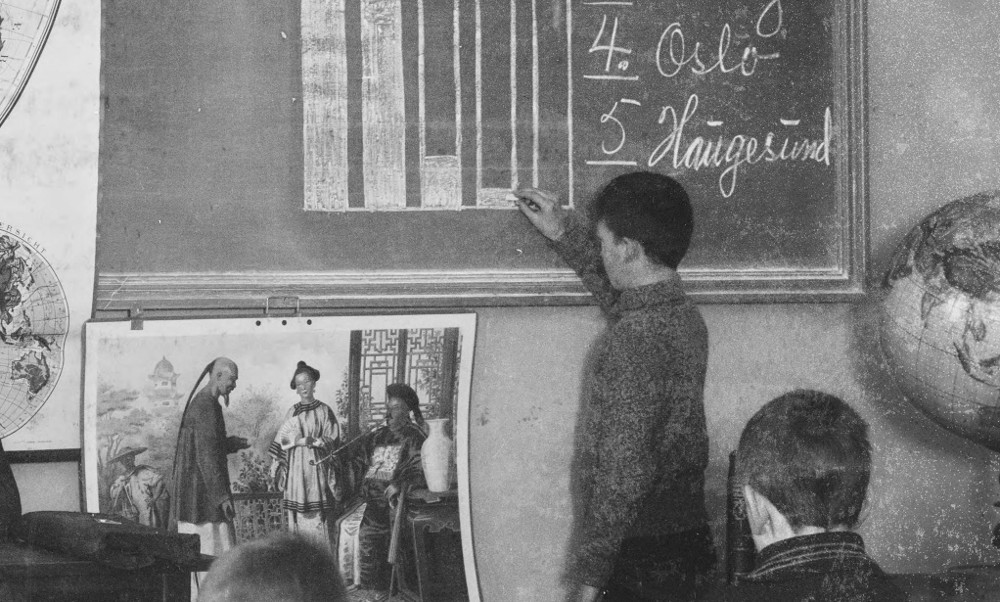Further Double-checking FiveThirtyEight's 2016 Primary Predictions

After my last blog post double-checking FiveThirtyEight presidential primary predictions, I was asked by a friend if I could do two additional things:
-
Separate out the candidates in the plots
-
Look at how badly FiveThirtyEight’s predictions missed on average for each candidate
This post will address both of those requests.
Just like last time I have included the code used to perform the analysis in this Jupyter Notebook (rendered on Github). The data used are here: Republican Results, Democrat Results. The data have not been updated since April 28th, 2016 so newer primaries are not included.
Scaled Results By Candidate
Here is what the scaled result plots look like broken out by candidate, where the scaling is such that the 80% confidence interval has been transformed to extend between -1 and 1 (as explained in more detail in my previous post). The Democrats:
FiveThirtyEight slightly over predicts Clinton’s results, but does a pretty good job with Sanders. Michigan, of course, is the outlier for both.
The Republicans:
The Republicans, despite the craziness in their primary, are well modeled. Only Rubio is really skewed, tending to have his results over predicted. Carson, interestingly enough, is always within his predicted bounds.
Mean Absolute Miss Value
When FiveThirtyEight’s predictions are wrong, how badly do they miss on average? To find out, I took the scaled results for each candidate, selected the ones that were outside the confidence interval (indicating a missed prediction), and took the average of the absolute value of the selected results minus 1. The subtraction adjusts the result so that it tells you how far away from the 80% confidence intervals the missed predictions are on average. I call this the Mean Absolute Miss Value, or MAMV.
The result of this calculation for each candidate are tabulated below:
| Candidate | Mean Absolute Miss Value |
|---|---|
| Clinton | 0.84 |
| Sanders | 1.00 |
| Trump | 0.66 |
| Cruz | 0.28 |
| Rubio | 0.57 |
| Carson | 0.00 |
Carson’s predictions are always in the interval, so his MAMV is 0. The missed predictions for the Republicans are better that for the Democrats, with Trump having the worst prediction misses. Sanders’s misses and Clinton’s misses are on average worse than the Republicans, but this is again due to Michigan. If Michigan is removed Clinton’s MAMV is 0.52 and Sanders is 0.39, make the MAMV for both parties about equal.